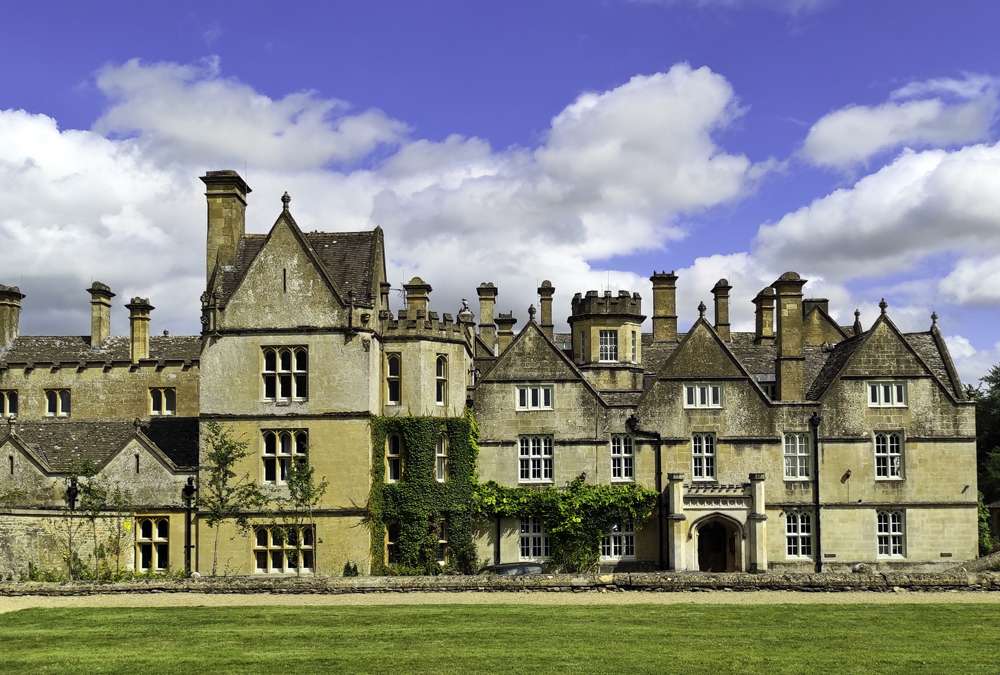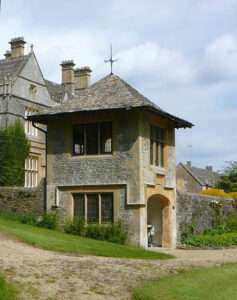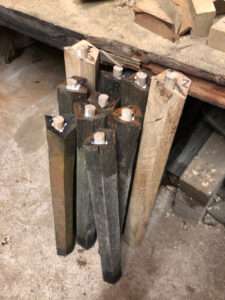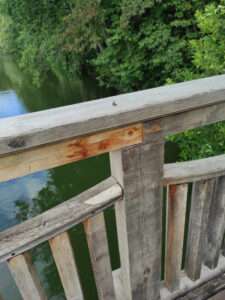
What is a “Listed” Building?
Brockhampton Park is a “Listed” building, which means it is one that has been placed on one of several statutory lists – the National Heritage Lists – maintained by Historic England. Officially known as the Historic Buildings and Monuments Commission for England, Historic England is a public body sponsored by the government charged with protecting buildings or structures of historical, architectural or other significance. In practice, this means that such entities may not be demolished, extended or altered without special, written permission from the local planning authority.
There are several levels of listing. Grade I refers to property of ‘exceptional interest’, such as Buckingham Palace or Big Ben and only about 2.5% of listed buildings fall into this grade. Grade II has two levels: Grade II* means the property is of particular importance and considered of more than special interest. Grade II means the building or structure is of special interest, warranting every effort to preserve it. About 92% of listed buildings are in this category.

The Summerhouse

New and repaired bridge balustrade balusters
Brockhampton Park is a ‘Grade II Listed’ building. The summerhouse and bridge are also Grade II and each have a separate listing on the register, as do the lodge and some mews buildings, which are now in private ownership. The Listing goes into a detailed description of the attributes of the building. Owners are required to keep Listed structures in a good state of repair or the local authority may exercise their powers to have necessary work done and send the owner the bill. This is why the repairs to the supporting substructure of the bridge, previously neglected, became of such urgency following surveys in 2011 and 2012, and why the Board has taken great care to secure an able local craftsman to restore the balustrade to its original form. It may have been cheaper to demolish the balustrade and put up iron railings, but this would be a definite no-no.

Bridge balustrade repairs
Guiding principles of the local Conservation Officer, whose responsibility it is to oversee work on Listed structures, are to replace ‘like with like’ and not to ‘alter the appearance’ of the subject. It is also seen as a way to support the skills of old country trades like masonry and woodwork. Notably, a listing also applies to the interior of a building, but where internal changes are necessary to ensure the longevity of the building, with proper permissions and supervision, it may be altered internally (as when it was converted into flats to avoid it becoming derelict). In effect, the way Brockhampton Park looks today and its essential character is protected for the nation, the region and for future owners by the Listing process.
